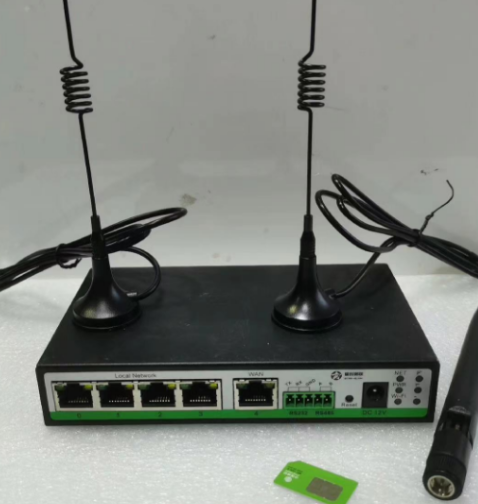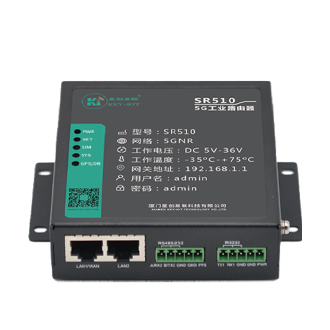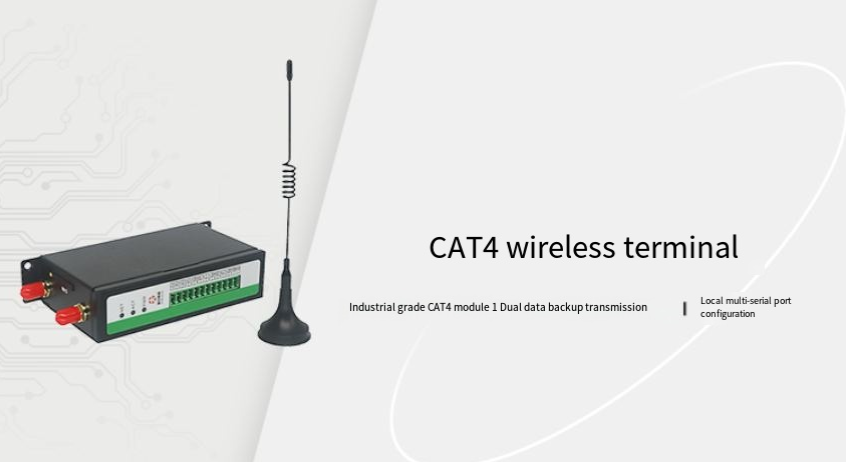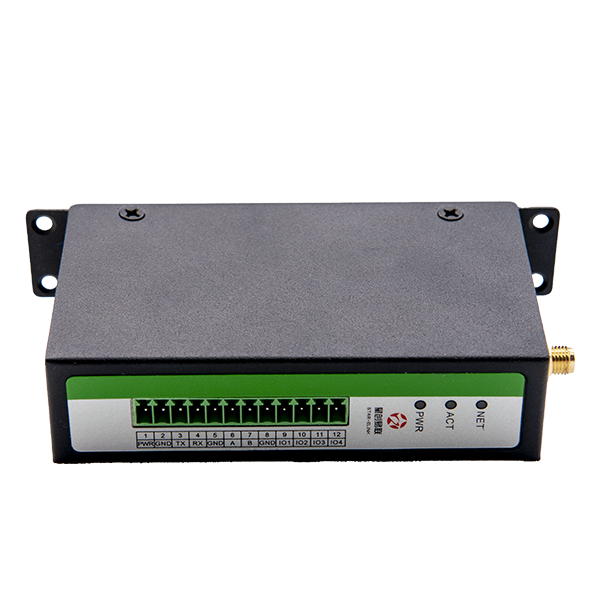
The SeDTU300, a WiFi modem with SIM card capability, offers a crucial feature in its multi-interface support, specifically providing one RS232 interface and one RS485 interface. This feature is of paramount importance in industrial applications. Let’s explore the significance and practical value of this feature in industrial settings.
RS232 and RS485 are the two most commonly used serial communication interfaces in industrial automation. Each has its own characteristics and application scenarios. RS232 is primarily used for short-distance, point-to-point communication, while RS485 supports longer distance, multi-point communication. The SeDTU300’s support for both these interfaces greatly enhances its adaptability and range of applications.
In practical applications, this dual-interface design solves many challenging problems. For instance, in a large manufacturing workshop, we often need to communicate simultaneously with different types of equipment. Some older devices may only support the RS232 interface, while newer devices and sensor networks may use the RS485 bus. Previously, we might have needed to use two different communication devices or add additional interface converters. With the SeDTU300, we can directly connect devices with these two interfaces, simplifying the system structure and reducing costs and complexity.
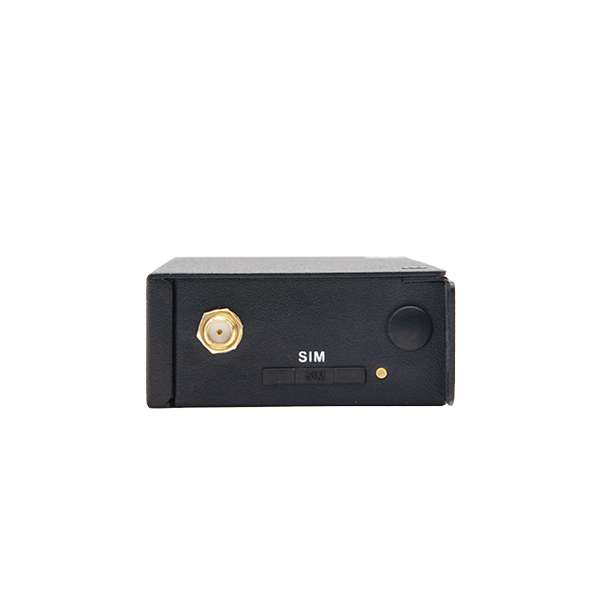
More profoundly, this dual-interface design also provides convenience for system upgrades and expansions. Suppose a factory is gradually updating its automation system, transitioning from old devices using RS232 to new devices using RS485. During this process, the SeDTU300 can support both new and old systems simultaneously, acting as a bridge between the two, allowing the upgrade process to proceed smoothly rather than requiring a complete replacement of all devices at once.
The reliability of the interfaces is equally crucial. Both interfaces of the SeDTU300 have built-in 15KV ESD protection, which is very necessary in industrial environments. Industrial sites often face the risk of electrostatic discharge, especially in places using large mechanical equipment or in dry environments. Communication interfaces without adequate protection may be damaged due to electrostatic discharge. I’ve encountered such a case in a textile factory where, due to static electricity problems, the interfaces of communication equipment were frequently burned out, leading to frequent equipment downtime and repairs. The ESD protection of the SeDTU300 effectively solved this problem, greatly improving the stability and reliability of the system.
Furthermore, these two interfaces of the SeDTU300 support flexible parameter settings. The data bits can be 5, 6, 7, or 8 bits, the stop bits can be 1, 1.5, or 2 bits, and it supports various parity methods (no parity, even parity, odd parity, etc.). The baud rate range is from 1200 to 230400bps, covering almost all common industrial communication rates. This flexibility allows the SeDTU300 to adapt to various industrial devices and communication protocols.
![[pics:title]](https://www.key-iot.com/static/upload/image/20240522/1716340611714958.png)
In an actual project, we utilized this flexibility to solve a tricky problem. This was an automated production line involving equipment from multiple vendors, with different devices using different communication parameters. Some devices used 7 data bits and 2 stop bits, while others used 8 data bits and 1 stop bit. Through the parameter setting function of the SeDTU300, we successfully made these “diverse” devices coexist harmoniously, greatly simplifying the complexity of system integration.
The multi-interface support of the SeDTU300 also provides more possibilities for data acquisition and monitoring. For example, we can connect a series of sensors through the RS485 interface while connecting to a local display terminal through the RS232 interface. This way, we can achieve both remote data transmission and local display simultaneously, meeting monitoring needs at different levels.
However, it should be noted that although the SeDTU300 provides dual interfaces, they cannot work simultaneously. In practical applications, we need to choose which interface to use based on specific requirements. This may cause some limitations in certain special scenarios, for example, when we indeed need to use both interfaces for real-time communication simultaneously. However, for the vast majority of application scenarios, this does not constitute a major problem.
In conclusion, the multi-interface support of the SeDTU300 demonstrates its comprehensiveness and flexibility as a WiFi modem with SIM card for industrial communication. It can not only adapt to various complex industrial environments but also provides convenience for system integration, upgrades, and expansions. By deeply understanding and fully utilizing this feature, we can design more efficient and reliable industrial automation systems, providing strong support for the development of the industrial Internet of Things.
 KEY-IOT
KEY-IOT

![[pics:title]](https://www.key-iot.com/static/upload/image/20240522/1716340611714958.png)
